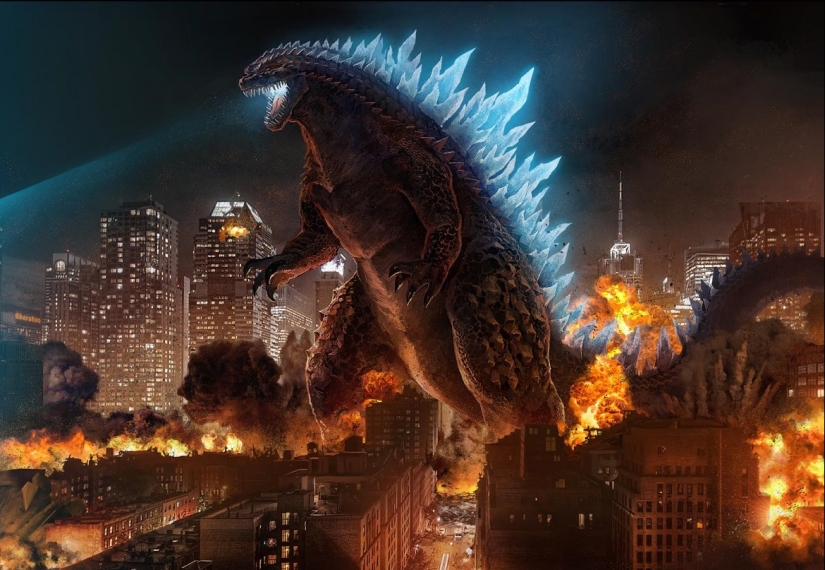Echoes of the nuclear bombings of Hiroshima and Nagasaki in Japanese culture
Categories: Asia | Culture | History
By Pictolic https://pictolic.com/article/echoes-of-the-nuclear-bombings-of-hiroshima-and-nagasaki-in-japanese-culture.htmlOn August 6, 1945, the Japanese city of Hiroshima was subjected to a nuclear attack by the United States, three days later the same fate befell Nagasaki. Two bombs — Little Boy ("Kid") and Fat Man ("Fat Man") — according to various sources, from 150 to 246 thousand people were killed. With this act of aggression, the United States solved two tasks: accelerated the surrender of Japan and tested nuclear weapons in real conditions.
Since then, despite the threats of nuclear war that sometimes loomed over the world, no city has been attacked in this way. Meanwhile, many echoes of that terrible tragedy have appeared in Japanese culture.


1. In Japanese, there is a word 被爆者 (hibakusha), which translates as "people exposed to the explosion." This is the name of those who survived the atomic bombing of Hiroshima and Nagasaki.

2. Six ginkgo trees growing near the site of the bomb fall in Nagasaki suffered severe damage as a result of the explosion, but surprisingly did not die. Soon new buds appeared on the burnt branches. Now the ginkgo tree is a symbol of hope in Japan.

3. Few people know that the famous Japanese giant monster Godzilla was originally invented as a metaphor for the explosions in Hiroshima and Nagasaki.

4. Every year on August 6, a memorial ceremony is held at the Hiroshima Peace Memorial Park and a minute of silence is announced at exactly 8:15 (the time of the explosion).

5. Among the children born to those who were in the cities at the time of the explosions, no mutations or serious pathologies were detected.

6. However, the survivors of the bombing and their children were subjected to serious discrimination, mainly because of the ignorant ideas prevailing in society about the consequences of radiation sickness. Many of these people found it difficult to find a job or get married, since most believed that radiation sickness was contagious and inherited.

7. Cities continue to advocate for the elimination of nuclear weapons in all countries of the world, and the mayor of Hiroshima is the president of the movement for peace and the elimination of the nuclear arsenal by 2020.

8. Oleander is the official flower of the city of Hiroshima: this is the first plant that began to bloom after a nuclear strike.

9. Only in 1958, the population of Hiroshima reached 410 thousand people and finally exceeded the population before the war. Today 1.2 million people live in the city.

10. About 10% of the victims of the bombings in Hiroshima and Nagasaki were Koreans. Most of them were forced laborers producing weapons and ammunition for the Japanese military. Today, both cities still have large Korean communities.
Recent articles

We invite you to take a break from your evening affairs for a moment and take a look at the naughty photo set of funny girls in the ...

Relatively recently, the world began to learn about gender diversity. Started talking about a lot of things that have never been ...

Frank De Mulder is rightfully considered a living classic of erotic photography. His work has graced the pages and covers of iconic ...